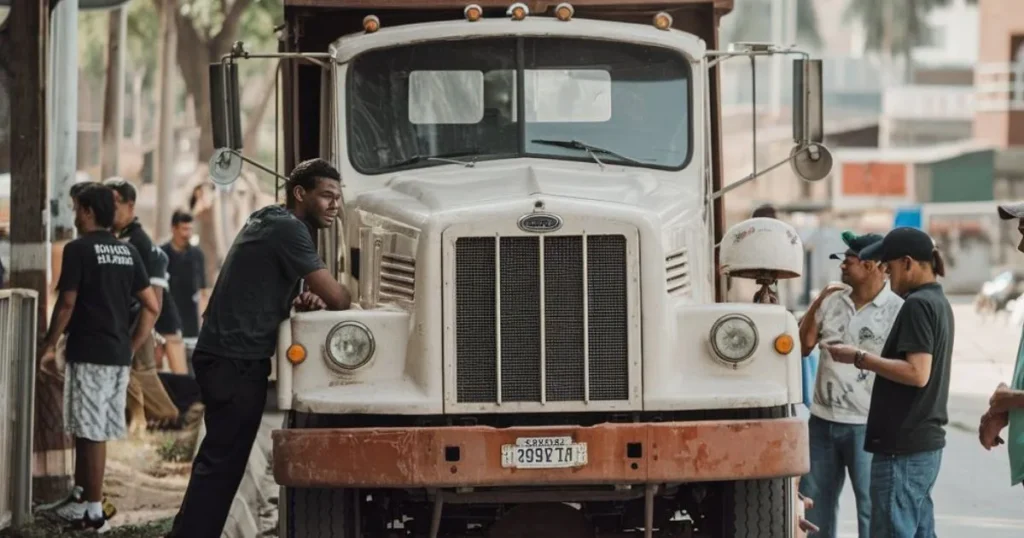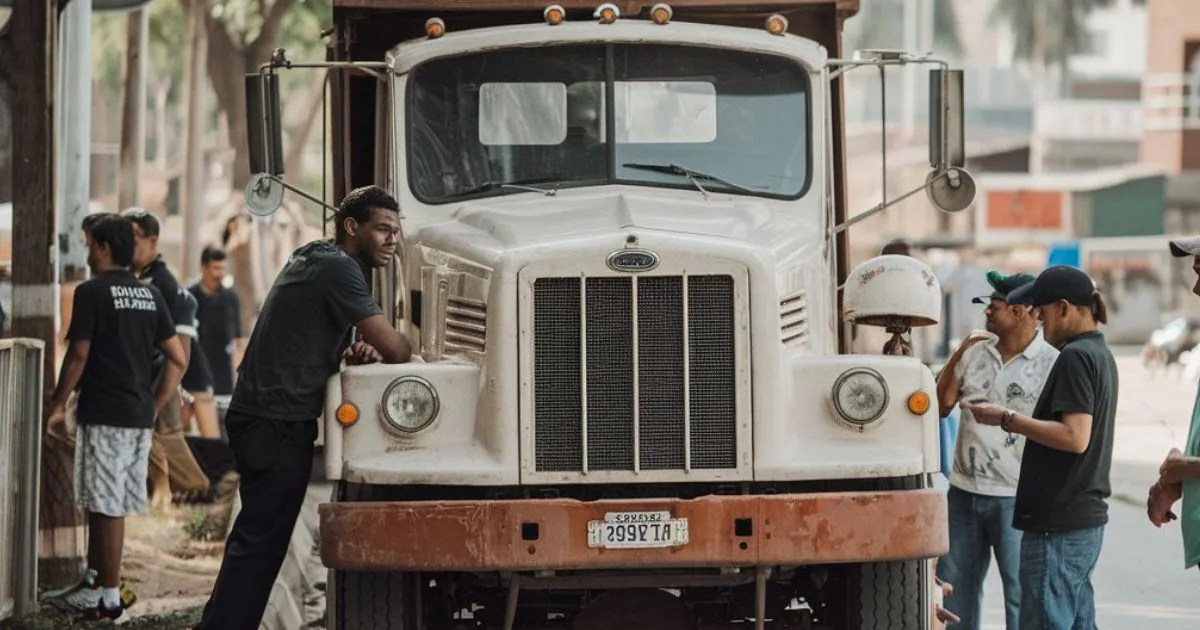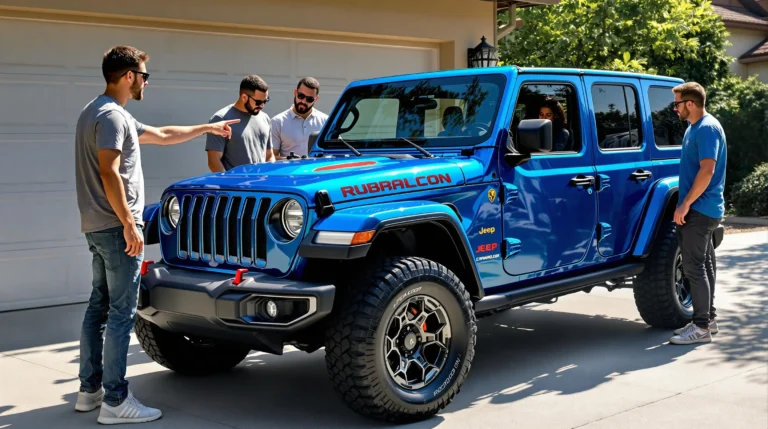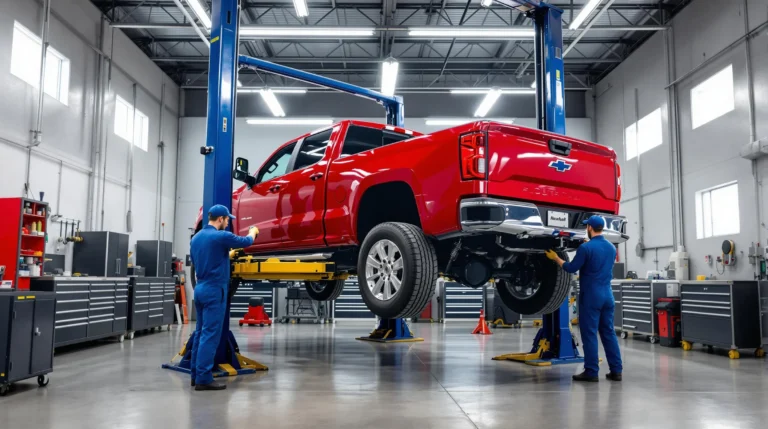Bobtail Truck Basics: 7 Essential Facts Every Driver Needs to Know
Bobtail trucks play a pivotal role in the trucking industry, yet they’re often overlooked. If you’re curious about what a bobtail truck is and why understanding it is crucial for safety and efficiency on the road, you’ve come to the right place. In this comprehensive guide, we’ll unveil the essential facts every driver and enthusiast should know.
Introduction
Have you ever seen a truck driving without a trailer and wondered about it? That’s a bobtail truck, and while it may look harmless, driving one comes with unique challenges and risks. Understanding what bobtailing is and its implications can make a significant difference in road safety. Let’s dive into the world of bobtail trucks and explore their meaning, risks, and the critical role they play in transportation.

1. What Is Bobtailing? Understanding the Bobtail Truck Meaning
At its core, bobtailing refers to the practice of operating a tractor unit without an attached trailer. In other words, a bobtail truck is a semi-truck that’s traveling without its trailer.
Key Points:
- Bobtail Truck Meaning: A tractor driving without a trailer.
- Origin of the Term: The term “bobtail” comes from the appearance of the truck looking like it has a short or “bobbed” tail.
- Common Scenarios: Truck drivers often bobtail when heading to pick up a trailer or returning after dropping one off.

For those interested in the broader spectrum of trucks, our comparison of straight truck vs. truck tractor offers deeper insights.
2. Types of Bobtail Vehicles: Beyond Just Trucks
While the term is most commonly associated with trucks, bobtail vehicles can refer to various types of transportation equipment operating without their usual attachments.
Variations Include:
- Bobtail Tractor: A tractor unit without a trailer.
- Bobtail Trailer: A short or stubby trailer, though less common.
- Small Bobtail Truck: Smaller trucks used for local deliveries, like propane delivery trucks.
Understanding these variations is crucial, especially for those considering careers in trucking. If you’re exploring options, check out CDL jobs near me for opportunities.
3. The Challenges and Risks of Driving Bobtail Trucks
Operating a bobtail semi-truck isn’t the same as driving a fully loaded rig. The absence of a trailer significantly affects the vehicle’s dynamics.
Weight Distribution Issues
- Front Wheels vs. Rear Wheels: Without the trailer’s weight, the truck’s weight shifts towards the front wheels, reducing traction on the rear wheels.
- Impact on Braking Power: Less weight on the rear axle can reduce braking efficiency, increasing the stopping distance.
Handling Difficulties
- Increased Stopping Distance: Bobtail trucks can require up to 65% more distance to stop compared to when they’re hauling a trailer.
- Risk of Losing Control: The reduced traction can make it easier for the truck to skid, especially in wet or icy conditions.
Safety Statistics
According to the Federal Motor Carrier Safety Administration (FMCSA), bobtail trucks are involved in a significant number of truck accidents due to these handling challenges.

For those interested in historical trucks and their evolution, our article on old Chevy trucks provides a nostalgic look back.
4. Bobtail Insurance: Protecting Against Unique Risks
Given the unique risks associated with bobtailing, insurance companies offer specialized policies known as bobtail insurance.
What Does Bobtail Insurance Cover?
- Liability Coverage: Protects drivers when they’re at fault in an accident while driving without a trailer.
- Non-Trucking Use: Covers incidents when the truck is being used for personal reasons outside of company dispatch.
Why Is It Important?
- Employer Requirements: Many trucking companies require drivers to have bobtail insurance as part of their contract.
- Peace of Mind: Knowing you’re covered in the event of an accident when not hauling can alleviate financial stress.
If you’re new to the industry and wondering is truck driving a good career, understanding these aspects is essential before making a decision.
5. Bobtail Parking: Understanding the Regulations
You’ve likely seen signs stating “No Bobtail Parking,” but what does no bobtail parking mean?
Bobtail Parking Meaning
- Space Constraints: Bobtail trucks, despite lacking a trailer, still occupy significant space and may not fit in standard parking spots.
- Safety Concerns: Parking in unauthorized areas can pose safety risks for other drivers and pedestrians.
Tips for Bobtail Drivers
- Plan Ahead: Identify designated truck stops or parking areas that accommodate bobtail vehicles.
- Respect Signs: Adhering to parking regulations helps maintain good relations with communities and avoids fines.
For options on parking larger vehicles, our list of food trucks for rent includes locations with ample space.
6. Safety Measures for Bobtail Drivers
Given the unique challenges, bobtail truck drivers must adopt specific safety measures.
Driving Adjustments
- Reduced Speeds: Drive slower than you would when hauling to compensate for handling differences.
- Increased Following Distance: Allow more space between you and the vehicle ahead to account for longer stopping distances.
- Smooth Maneuvers: Avoid sudden turns or sharp braking that could lead to skidding.
Training and Awareness
- Specialized Training: Engage in training that focuses on bobtailing to understand the nuances.
- Awareness of Conditions: Be extra cautious in adverse weather where traction is further compromised.
For those interested in enhancing their skills, consider opportunities like Coca-Cola CDL training, which may offer specialized programs.

7. The Role of Bobtailing in the Trucking Industry
Despite the risks, bobtailing is a necessary part of the trucking industry.
Efficiency in Operations
- Flexibility: Allows drivers to reposition themselves to pick up new loads without delay.
- Operational Necessity: Sometimes, there are mismatches in load schedules requiring bobtail movements.
Impact on Companies
- Cost Considerations: While bobtailing consumes fuel without generating revenue, it’s often more economical than waiting idle.
- Driver Availability: Helps ensure drivers are where they need to be to keep goods moving efficiently.

Understanding these operational needs can also assist when considering good trucking companies to work for.
Conclusion
Bobtail trucks are more than meets the eye. From the unique challenges they present to their essential role in logistics, understanding bobtailing is crucial for safety and efficiency on the road.
Whether you’re a seasoned driver or new to the industry, staying informed and practicing safe driving habits is paramount. Remember, knowledge is your best tool on the road.
Ready to take your trucking knowledge to the next level? Subscribe to our newsletter for the latest updates, tips, and industry news!
Meta Description
Discover the essential facts about bobtail trucks. Learn what a bobtail truck is, the challenges of bobtailing, and why these vehicles are crucial in the trucking industry.
Additional Resources
- External Link: For more on safe driving practices, visit the FMCSA’s Official Website.
- External Link: Learn about truck accident statistics at the National Highway Traffic Safety Administration.
Let me know if you would like any adjustments or further refinements to this article!
There are no reviews yet. Be the first one to write one.







